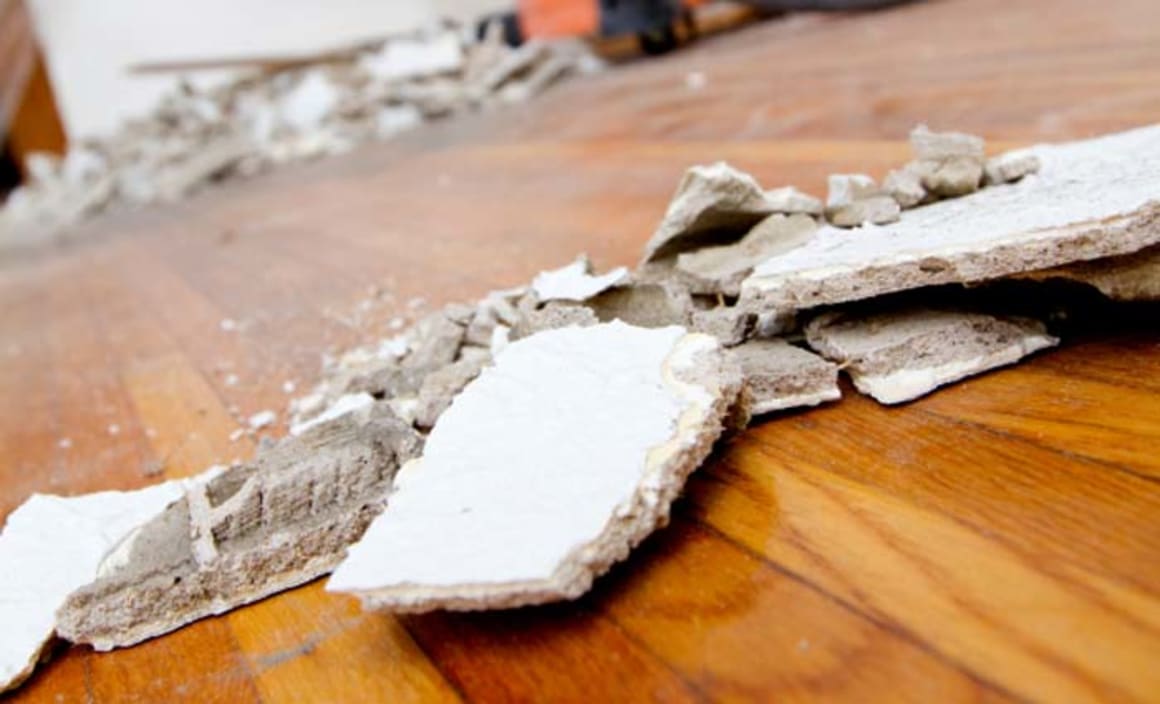What is “fair wear and tear” in a rental? Investment terms explained

When it comes to owning a rental property, of course there will be some wear and tear from tenants who pay to live in the home and use the facilities.
This is usually an issue that arises at the end of the tenancy when undertaking a thorough inspection.
A certain degree of wear and tear is said to be acceptable – and this is “fair” wear and tear.
Unfortunately, the law doesn’t provide a clear cut explanation as to what fair wear and tear entails. It’s not surprising that landlords will regularly argue what falls under this banner and what instead counts as ‘damage’.
Common sense is a beautiful thing when determining the grey areas of tenancy law.
If what you consider ‘damage’ is an inevitable result of daily living and use, then it is not damage for the purposes of claiming money from your tenant. Things do get scuffed, carpets do fray around the edges, seals and taps and handles do come loose.
Investors must be prepared to expect this type of wear and tear in any property. Similarly, carpets, doors and other items do become worn over time and through exposure to the sun or elements.
You would be unable to claim that a tenant had caused the damage of broken guttering in a hailstorm, however you may be able to claim that they should have let you know of the damage, if it later causes bigger problems from lack of maintenance.
Avoidable damage, such as cigarette burns in the carpet or stains, cracked toilet cisterns, broken mirrors, significant scratches, holes in the walls and similar, would certainly be worth looking at and discussing a claim from the tenant’s bond.
Tenants' Union of ACT explains that 'fair' relates to the cause, while 'wear and tear' is the damage that occurs. Some items may be more difficult to ascertain - such as a wine spill, that occurs in the general and fair use of the area - they note that this would likely not be considered fair wear and tear, while carpet deterioration in high traffic areas would be.
Tenants do have a responsibility to keep the premises clean and to tell of maintenance required when it occurs. It can be argued that if a tenant has not been responsible with these two matters then the wear is greater than it should have been or that damage has occurred. The condition report and photographs taken during regular inspections should assist in these discussions.
Issues around wear and tear should initially be discussed between the tenant and the property manager to come to a mutually acceptable conclusion before taking it to tribunal.